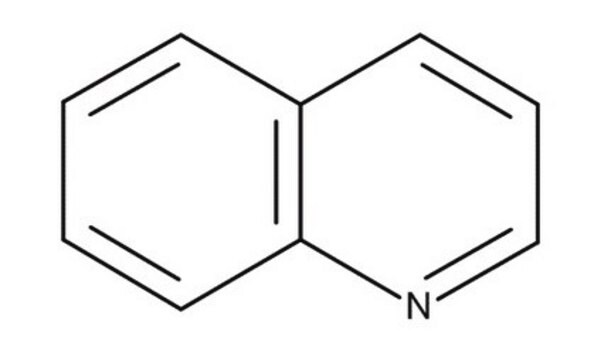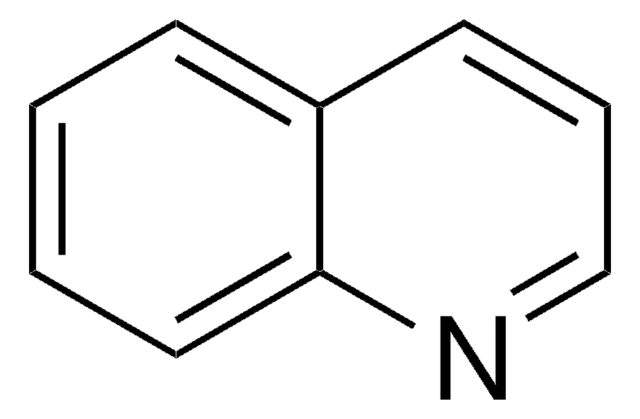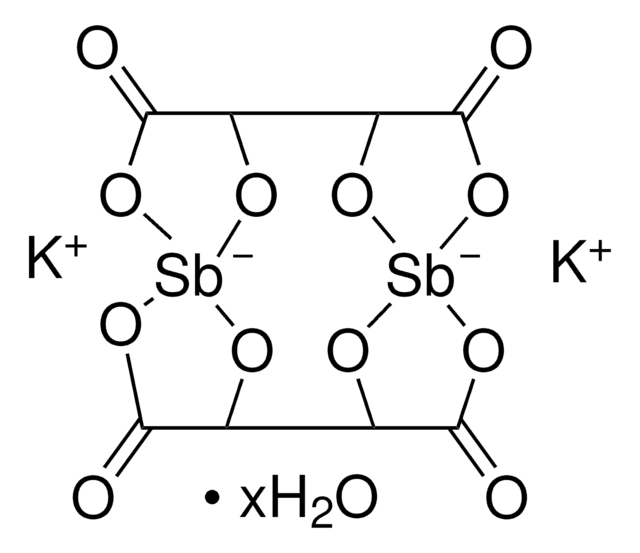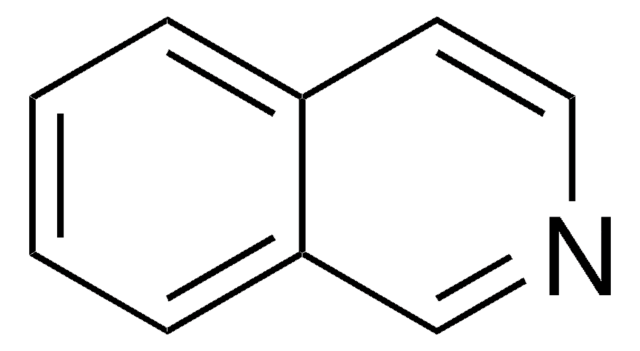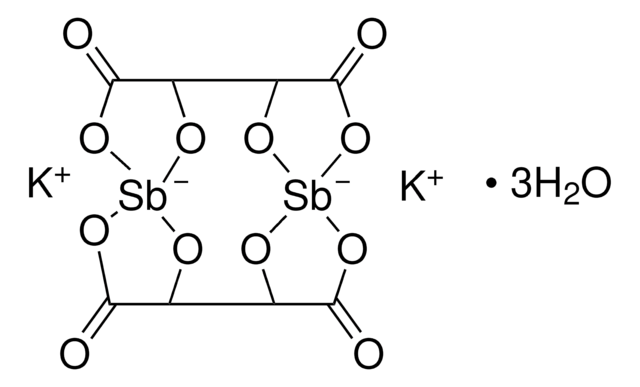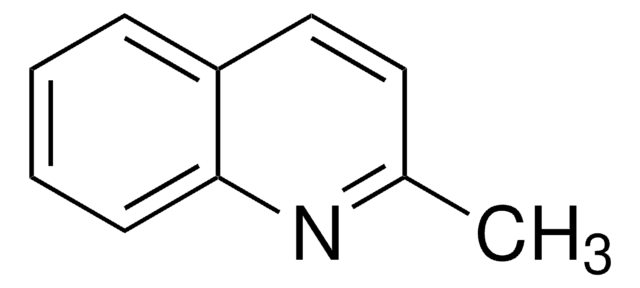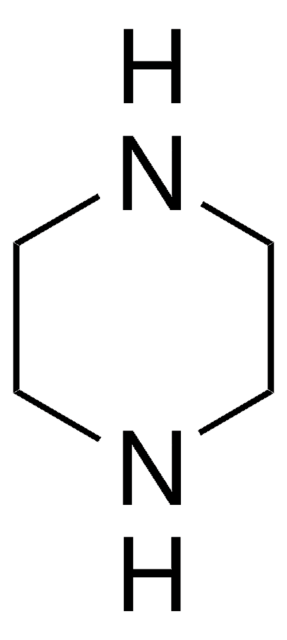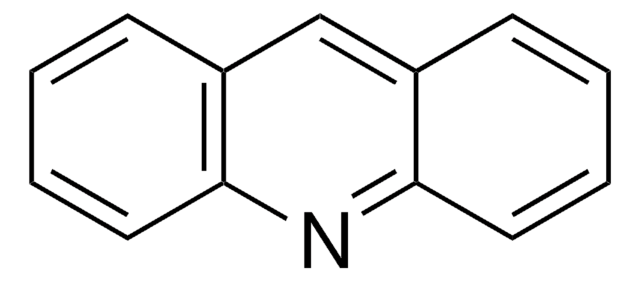241571
Quinoline
reagent grade, 98%
Sinonimo/i:
1-Benzazine, 2,3-Benzopyridine
About This Item
Prodotti consigliati
Grado
reagent grade
Livello qualitativo
Densità del vapore
4.5 (vs air)
Tensione di vapore
0.07 mmHg ( 20 °C)
Saggio
98%
Forma fisica
liquid
Temp. autoaccensione
896 °F
Indice di rifrazione
n20/D 1.625 (lit.)
P. eboll.
113-114 °C/11 mmHg (lit.)
237 °C (lit.)
Punto di fusione
−17-−13 °C (lit.)
Densità
1.093 g/mL at 25 °C (lit.)
Stringa SMILE
c1ccc2ncccc2c1
InChI
1S/C9H7N/c1-2-6-9-8(4-1)5-3-7-10-9/h1-7H
SMWDFEZZVXVKRB-UHFFFAOYSA-N
Informazioni sul gene
human ... CYP2D6(1565)
Cerchi prodotti simili? Visita Guida al confronto tra prodotti
Descrizione generale
Applicazioni
Esclusione di responsabilità
Avvertenze
Danger
Indicazioni di pericolo
Consigli di prudenza
Classi di pericolo
Acute Tox. 3 Oral - Acute Tox. 4 Dermal - Aquatic Chronic 2 - Carc. 1B - Eye Irrit. 2 - Muta. 2 - Skin Irrit. 2
Codice della classe di stoccaggio
6.1C - Combustible acute toxic Cat.3 / toxic compounds or compounds which causing chronic effects
Classe di pericolosità dell'acqua (WGK)
WGK 2
Punto d’infiammabilità (°F)
213.8 °F - closed cup
Punto d’infiammabilità (°C)
101 °C - closed cup
Dispositivi di protezione individuale
Eyeshields, Faceshields, Gloves, type ABEK (EN14387) respirator filter
Scegli una delle versioni più recenti:
Possiedi già questo prodotto?
I documenti relativi ai prodotti acquistati recentemente sono disponibili nell’Archivio dei documenti.
I clienti hanno visto anche
Il team dei nostri ricercatori vanta grande esperienza in tutte le aree della ricerca quali Life Science, scienza dei materiali, sintesi chimica, cromatografia, discipline analitiche, ecc..
Contatta l'Assistenza Tecnica.